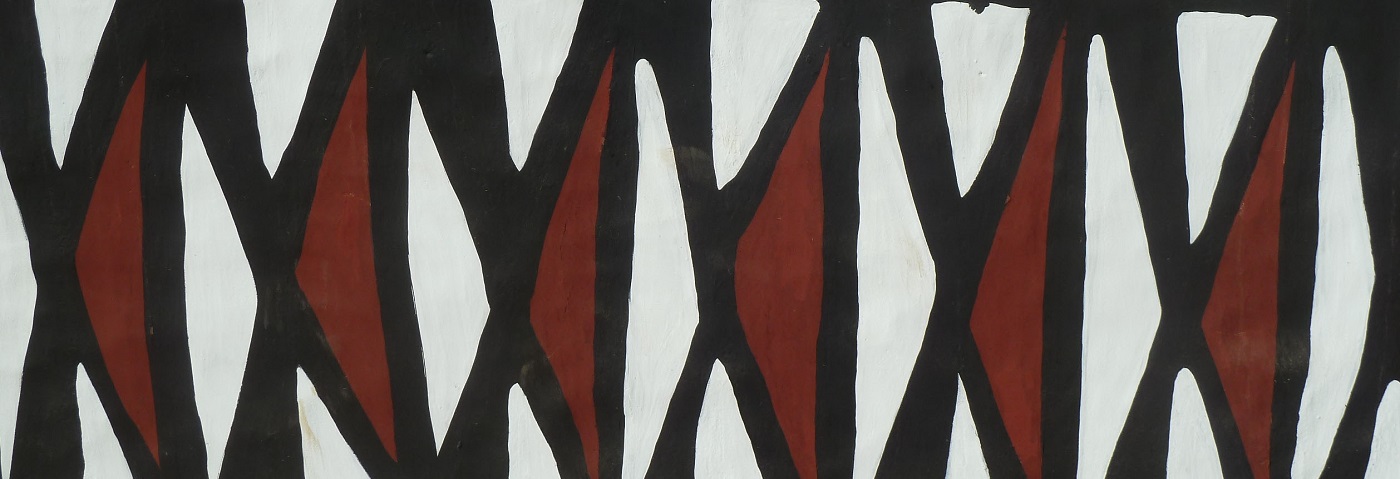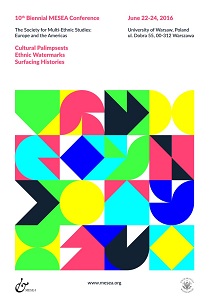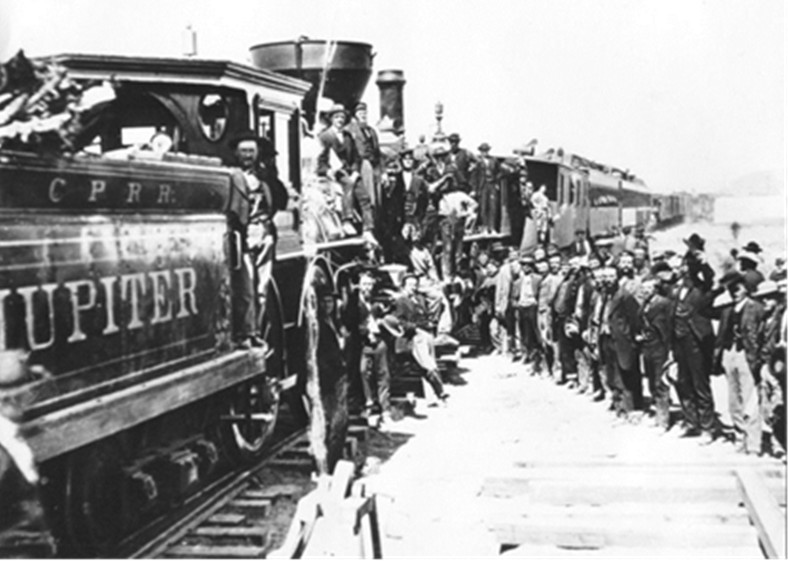The Society for Multi-Ethnic Studies: Europe and the Americas
Tenth Biennial MESEA Conference
Cultural Palimpsests: Ethnic Watermarks, Surfacing Histories
June 22-24, 2016
University of Warsaw, Poland
Keynote Speakers
- Zbigniew Bialas, Professor and head of the Colonial and Postcolonial Studies Centre
University of Silesia, Poland - Deborah Madsen, Professor
Departement de Langue et Literature Anglaise, University of Geneva, Switzerland - Eric J. Sundquist, Andrew W. Mellon Professor of the Humanities
Department Chair Department of English, Johns Hopkins University, USA - Richard Yarborough, Professor
Departments of English & African American Studies, UCLA, USA
- Invitation for Paper Submissions
- Call for papers in pdf format
- FINAL Program
- Recommended Hotels
- Novotel Booking Form
- Transportation information for Warsaw
When the Spaniards discovered this land,
their leader asked the Indians how it was called; as they did not understand him, they said uic athan,
[or: uuyik a t’aan] which means ‘what do you say’ or ‘what do you speak’ that ‘we don’t understand you.’
And then the Spaniard ordered it set down that it be called Yucatan
Antonio de Ciudad Real 1551–1617
The epigraph from Antonio de Ciudad Real’s text invites an ironic—and, we would suggest, a palimpsestic—reading: rather than indicating puzzlement, as the sixteenth-century friar suggests, the indigenous people’s response can be read as a challenge to their Spanish colonizers. Like a palimpsest, de Ciudad Real’s colonial text involves, and upon scrutiny reveals, a deeper layer of meaning, in which the invaded call into question the presence of their invaders. Similarly, a palimpsestic reading of the famous photo of the opening ceremony of the Transcontinental Railroad in 1869 makes visible the conspicuous absence of the Chinese immigrants and the violent erasure of their nation-building labor from the visual archive. Ethnic texts, too, can be read as complex palimpsests, in which different textual layers produce competing narratives that challenge hegemonies and national narratives. The figure of the palimpsest has also been used by Daniel Cooper Alarcón in relation to the significance of Aztlán to Chicano/a cultural identity. Alarcón has argued that the “palimpsest’s structure of interlocking, competing narratives has the advantage of preventing the dominant voice from completely silencing the others, thus encouraging scholarship to recognize and consider diversity.”
The 2016 MESEA conference in Warsaw will focus on ethnic and minority discourses that have undergone erasure, yet keep resurfacing, on cultural traces left by groups long gone that have been forgotten and silenced, as well as on cultural inscriptions left by those who have become visible and audible more recently. Yet, in addition to engaging with the archaeological hermeneutics of recovering submerged layers of ethnic meaning, we also invite scholars to engage in the perhaps more radical act of what Sara Dillon has called a “palimpsestuous” reading: a reading that attends to the ways in which multiple inscriptions and competing narratives are intertwined and produce complex meanings.
MESEA welcomes paper and panel proposals from scholars in a wide range of disciplines – including ethnic and race studies, literary, cultural, and film studies, (art) history, critical theory, philosophy, postcolonial studies, post-dependency studies, gender and queer studies, law, linguistics – addressing, yet not limited to, the following issues:
- Superimposed/submerged/surfacing/interlocking histories
- Between narratives: negotiating world orders
- Shadows of absence: reconstructing the cultures of the past
- Invisible and visible intertexts
- Decoding presence: marginal discourses in central narratives
- Stor(y)ing memories: toward the hermeneutics of ethnic selves
- Translating ethnic selves: ethnicity and dominant languages
- Between the norm and the law: ethnic inscriptions in normative discourses
- Methodologies of cultural archaeology
- Palimpsestic landscapes: the cartographies of ethnicity
- Urban palimpsests bearing witness to ethnic histories
- The ghostly presence of slavery in cityscape throughout the Atlantic world
- Western philosophy vs. ethnic philosophies/methodology/wisdom: mainstream studies, African-American, Latino/a, Asian American and Native/First Nations methodologies
- The histories of human rights debates
- Non–Western discursive interventions in gender debates
Proposals should be submitted to our website at www.mesea.org between August 15 and November 30, 2015. Submitters will receive notification of acceptance by January 1, 2016.
Preference will be given to complete panel proposals with an inter/transdisciplinary and/or transnational focus. Panels may not include more than 2 participants from the same institution. Presenters must be members of MESEA or MELUS in 2016.
As in previous years, MESEA will award at least one Young Scholars Excellence Award.
Program Director
Jopi Nyman, PhD DSocSc
Professor of English
School of Humanities
University of Eastern Finland
P. O. Box 111
FI-80101 Joensuu
FINLAND
Tel. +358-2944-52143
Email: jopi.nyman@uef.fi








You must be logged in to post a comment.